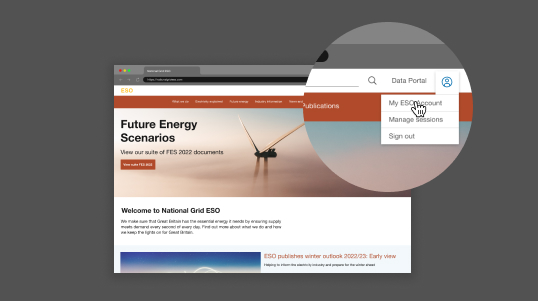Reactive power services are how we make sure voltage levels on the system remain within a given range, above or below nominal voltage levels. We instruct generators or other asset owners to either absorb reactive power (decreasing voltage) or generate reactive power (increasing voltage).
Reactive power describes the background energy movement in an alternating current (AC) system arising from the production of electric and magnetic fields. Devices that store energy through a magnetic field produced by a flow of current are said to absorb reactive power; those that store energy through electric fields are said to generate reactive power.
The flows of reactive power on the system will affect voltage levels. Unlike system frequency, which is consistent across the network, voltages experienced at points across the system form a 'voltage profile', which is uniquely related to the prevailing real and reactive power supply and demand. We must manage voltage levels on a local level to meet the varying needs of the system.
Without the appropriate injections of reactive power at the right locations, the voltage profile of the transmission system will exceed statutory planning and operational limits.




